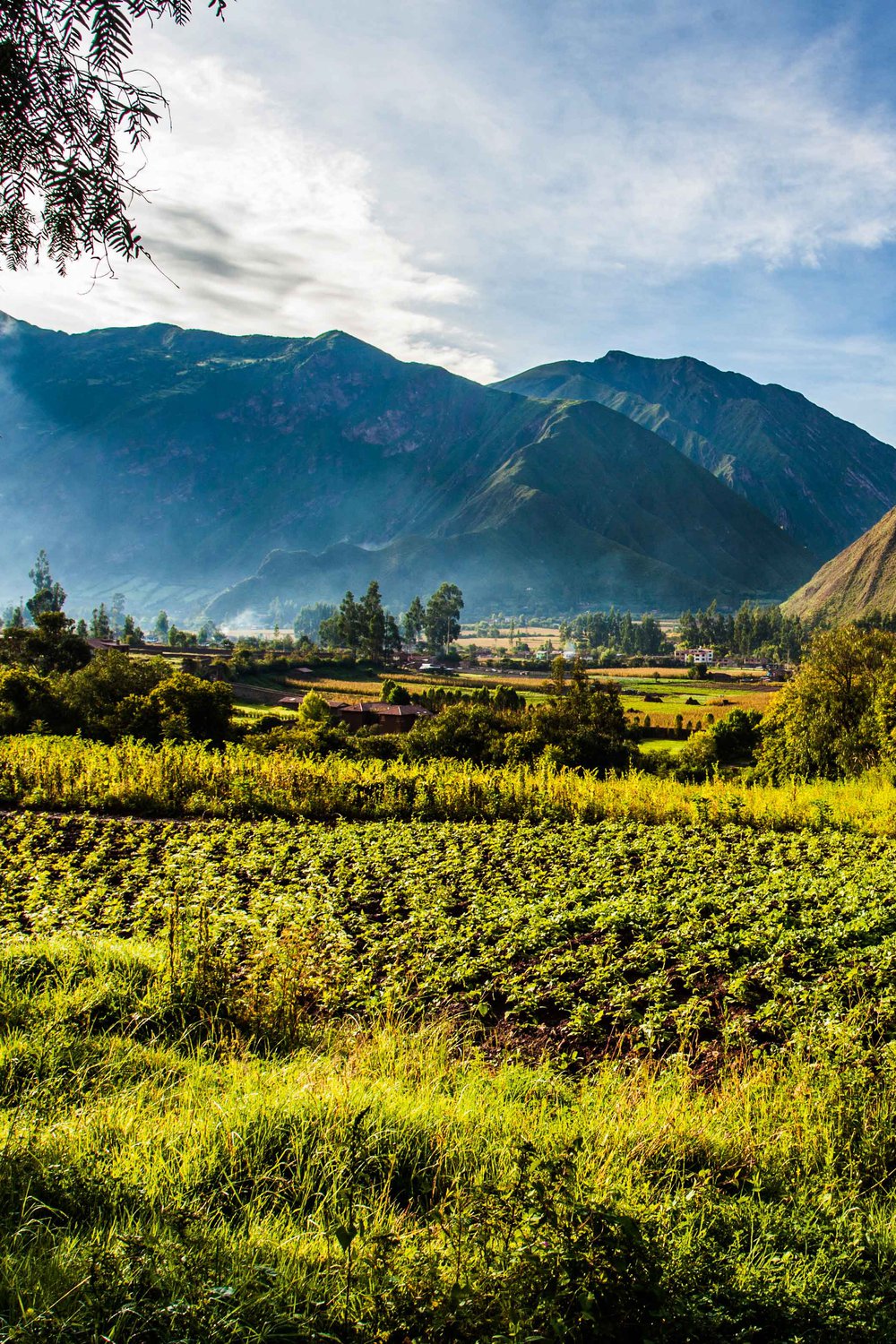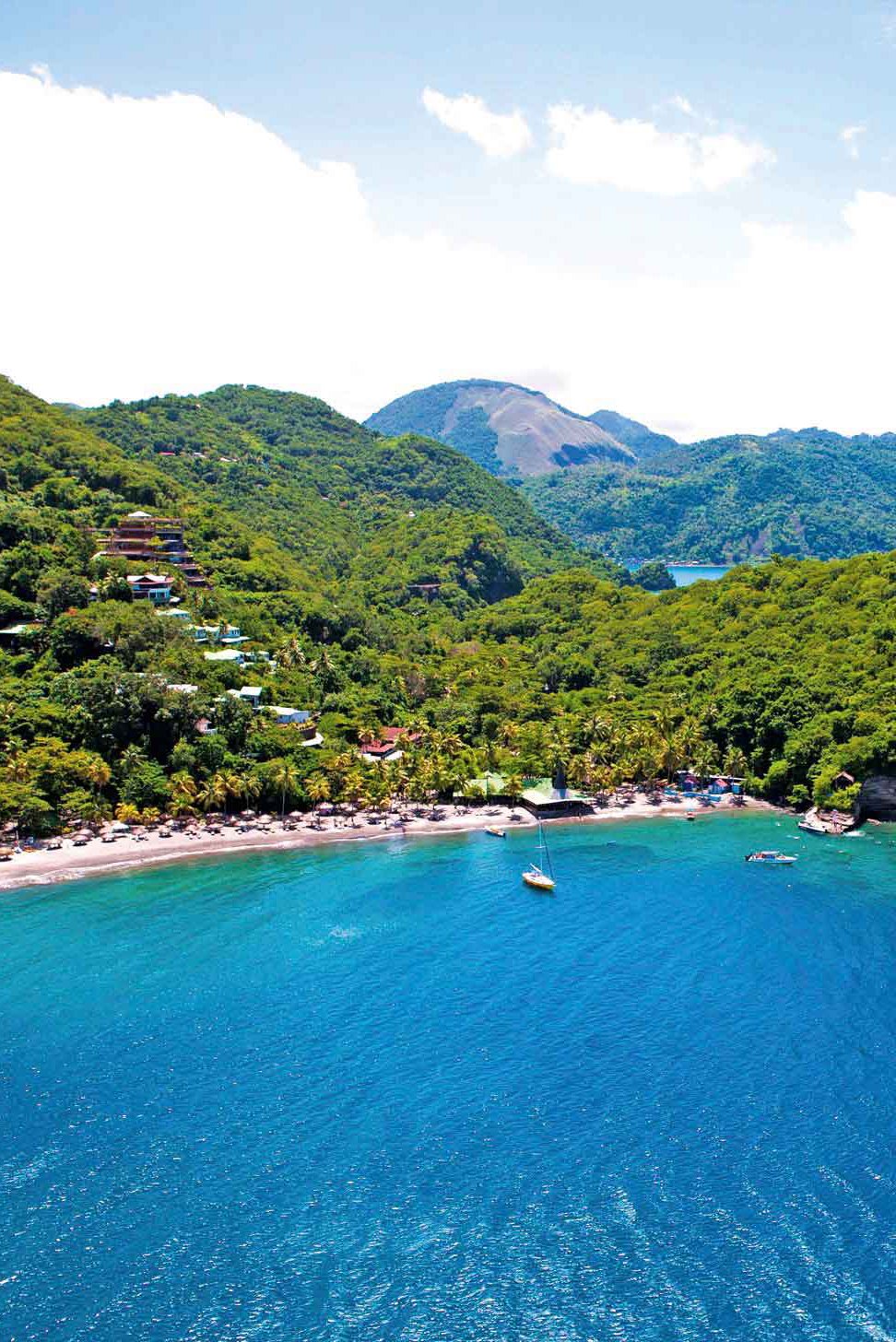Six Senses Zighy Bay, Oman
There are few resorts in the world where you can arrive by paraglider, but that’s an option at Six Senses’ sublimely eco-conscious cluster of luxury villas on the edge of the Musandam Peninsula. Sustainability is the byword, and the site recycles 85 per cent of its waste while sourcing most of its food from the onsite herb garden and a nearby proprietary farm. Facilities include Oman’s first artisanal cheese factory and an apiary where worker bees are also basically at your service, presenting honey to drip over fresh fruit at breakfast.


The Newt, Somerset, Uk
The Newt is pitched as ‘garden-to-table dining at its finest’, and the ingredients have almost no distance to travel to the kitchen and café at the core of this hip-rustic English country estate. Chef Alan Stewart uses root vegetables, leaves and nuts grown right outside, alongside fruit from the orchards, berries from the nearby woodlands and buffalo mozzarella made by onsite cheesemaker Karen Pretorius. Visitors can also get a primer on local produce at The Story of Gardening, a high-tech exhibit with virtual reality pods and scent displays, while spa treatments draw on extracts and infusions from the medicinal herb garden.
Inkaterra Hacienda Urubamba, Sacred Valley, Peru
The Incas were surely some of the greatest gardeners in history, and their ’sacred valley‘ was duly blessed with an abundance of life-giving crops. From potatoes to quinoa to giant corn, many of those staples are still harvested with hand-tools and oxen as part of the earth-to-table concept that defines the dining policy at Inkaterra’s tribal-influenced hacienda-style lodge. The organic farm on the property feeds directly into the dining room, which in turn opens out to views across the ancestral landscape.


Babylonstoren, Franschhoek Valley, South Africa
Renowned French architect Patrice Taravella was commissioned to shape this lush, multi-sectional sprawl in the lee of Simonsberg mountain, which ranges across orchards, vineyards, vegetable patches and gardens of healing herbs and spices with displays on their role in historic trade routes. Indeed, the site was modelled on the 17th-century Company’s Garden in Cape Town, which used to resupply ships en route from Europe to Asia. Today, the gardens supply two modern farm-to-fork restaurants – one in a stylishly converted cowshed, the other in a custom-built greenhouse, serving artisanal dishes in wooden boxes under oak trees.
Anse Chastanet Resort, St Lucia
Tropical fruits, flowers and herbs have been grown on the coastal hills above Soufriere Bay for centuries, and architect-owner Nick Troubetzkoy designed this resort to bloom organically from the ruins of the old Anse Mamin plantation. Dining areas range from a gourmet treehouse restaurant to private gazebos on the beach and the daily menu relies on the property’s own Emerald farm, with Caribbean salads, soups, and sauces – all rich with root vegetables – complementing Creole meat and seafood dishes.

